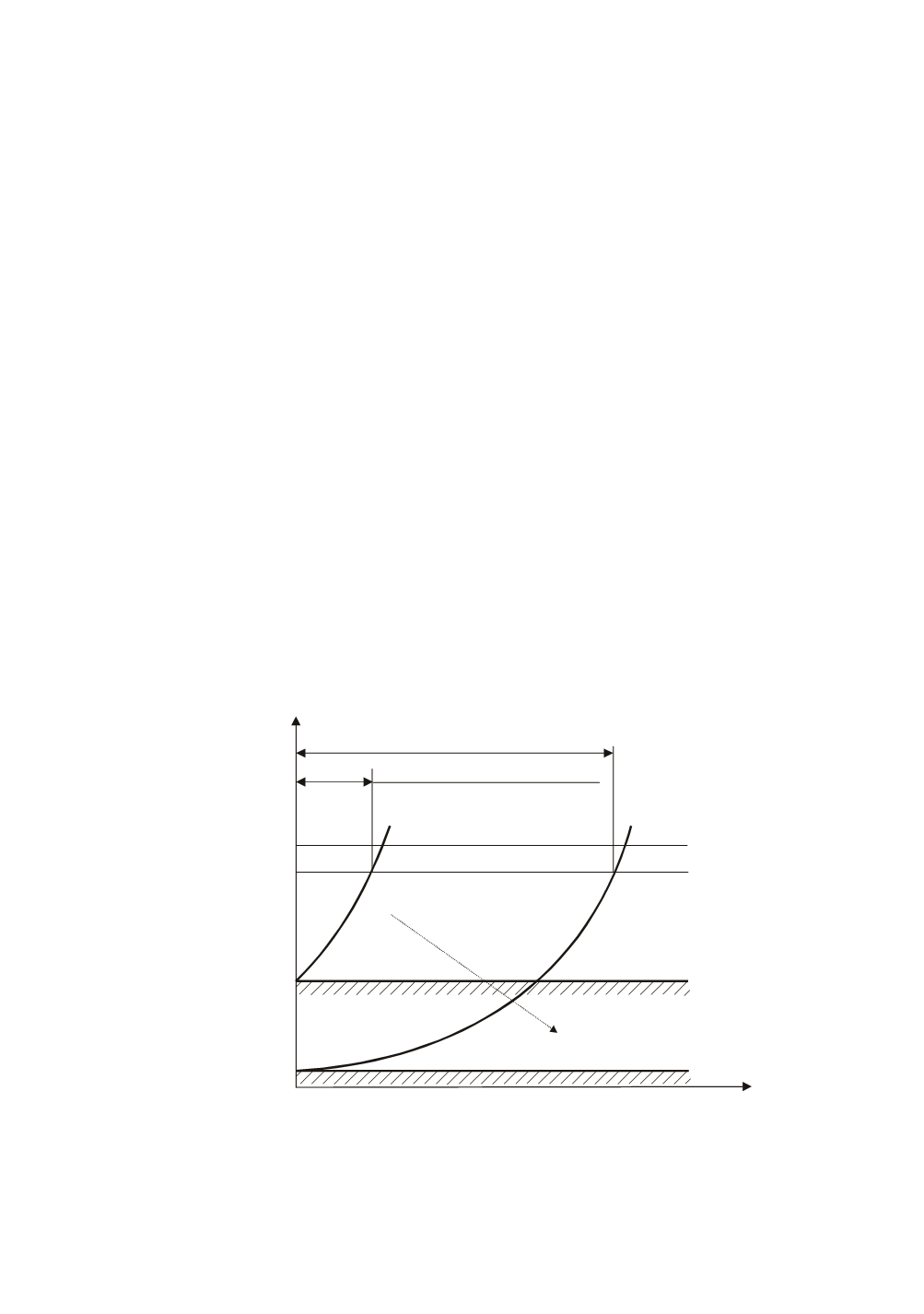

109
It is possible to use this procedure for any single component of a structure, and in this
manner to reduce the number of critical components in a structure. Specifying real critical
components it is also possible to reduce the number of necessary inspections, since for
less critical components the frequency of inspection might be reduced. In this way, the
expenses for non-destructive inspection (NDI) testing could be reduced without inc-
reasing risk for fracture, enabling in the same time servicing lifetime extension.
It is to notice that applicable testing for structural integrity are non-destructive (like
ultrasonic, radiography, magnetic particles, visual) for detecting defect shape, size and
position, and destructive for determination of material properties, and material resistance
to crack initiation and propagation. The resistance to the crack propagation should be
measured under the same condition (environment and loading) to which a structure is
exposed in service. A unified approach does not exist on how to achieve safe usage of a
structure. The main problem is the number of different structures with many different
components and critical parts, most dangerous of can cause failure of the structure.
3. DESIGN STAGE
In the design stage, two basic activities run together. The first activity is connected
with crack detection and its significance assessment. It is important here to recognize the
exact capabilities and sensitivity of the non-destructive testing (NDT) equipment, which
determine minimum detectable crack size, important for consideration in design. It is
clear that postulated crack size in design is limited by the sensitivity of NDT equipment.
The servicing lifetime lasts corresponds to the time from crack growth, from postulated to
critical crack size. Here are most interesting cracks which can grow in fatigue or in creep,
and for that specimens for crack propagation have to be subjected to the same loading
conditions and environment as the structure. The effects of sensitivity and the quality of
the NDT equipment on designed lifetime are shown in Fig. 2.
design life time - DLF b)
design life time - DLF a)
better NDI equipment
crack growth
crack growth
Crack size parameter
a
crit
a
crit
80%
a NDI
=
a)
b)
0
a a
= NDI
min
time
0
Figure 2: Effect of NDI equipment quality on design lifetime of structure
The second activity set consists of material testing, stress analysis and determination
of critical structural sections of structures, necessary from the very beginning of design.


















